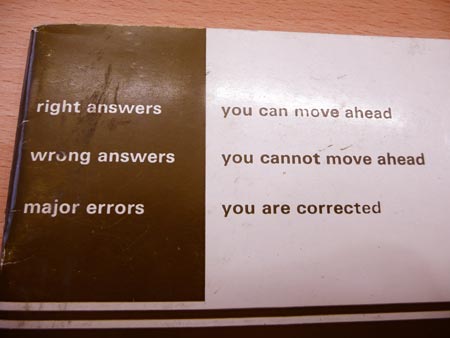
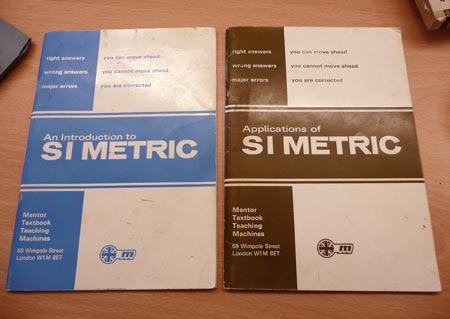
An Introduction to SI Metric and Applications of SI Metric, published by Mentor Textbook Teaching Machines of London, 1971.
Back in January, in a post looking at the use of forcing functions in education, I mentioned a type of textbook I remembered having somewhere which guided the user through learning in a kind of ‘choose your own adventure‘ style – depending on the answers the reader gave, he or she is routed through the book in a different order, with areas of weakness addressed in more detail to ensure better understanding before allowing the reader to progress to the next level.
At the time of the original post I mocked up how I remembered the pages looked – luckily, after a house move, I’m pleased to say I’ve now found the two textbooks I had, from 1971, and – after the jump – I’ve posted a set of photos to illustrate the system better. I love the way they’re described as textbook teaching machines (following B F Skinner’s lead [PDF]): this really is the application of machine design, or at least pseudo-programming, to a textbook, and, while I don’t know how effective the system really was in terms of advancing readers’ understanding, this type of thinking must have the potential to be relevant in other areas of interaction design…
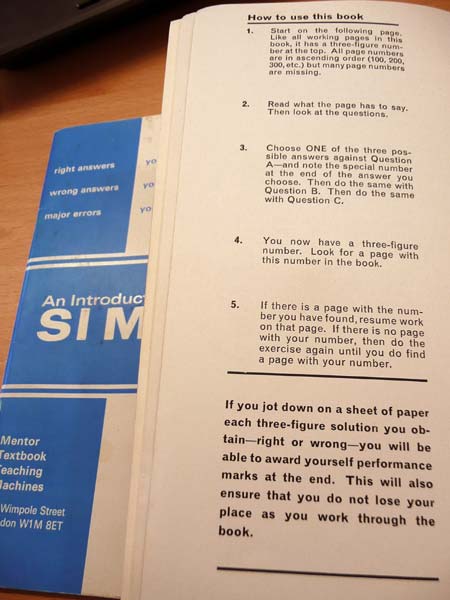
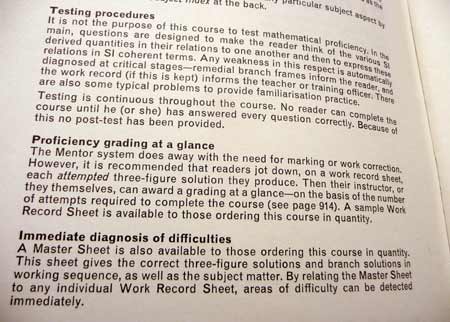
How the system works. I’d be very interested to know of other similar textbook or guided learning systems – are they commonly used today? These particular books – proudly displaying the ‘Metric Key’ logo were aimed at adults working mainly within civil service jobs where metrication was being implemented.
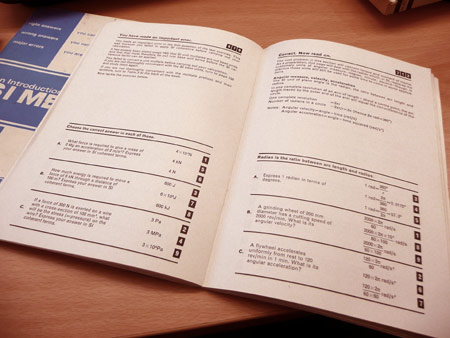
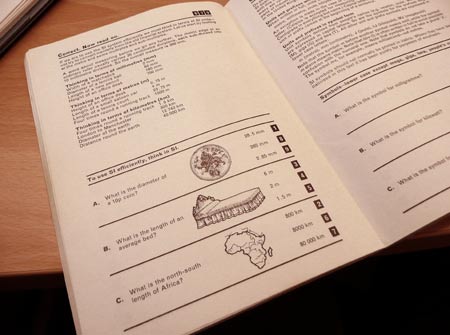
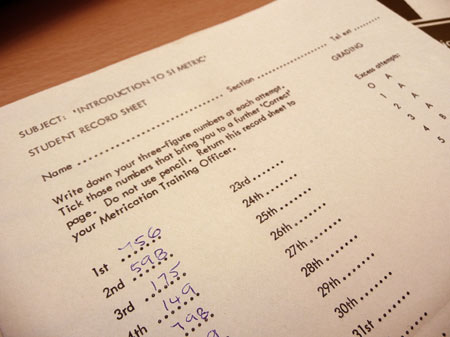
Note that the Student Record Sheet specifically orders the student not to use pencil: if you’re dithering about what the right answer is (and hoping to be able to erase it) then you should move to a remedial stage to sort out that dithering.
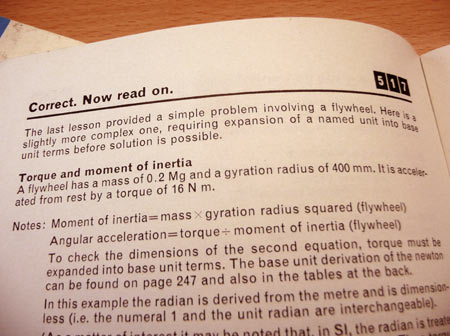
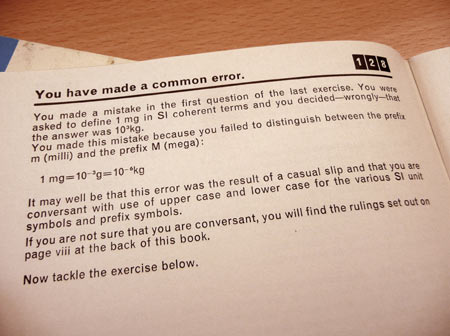
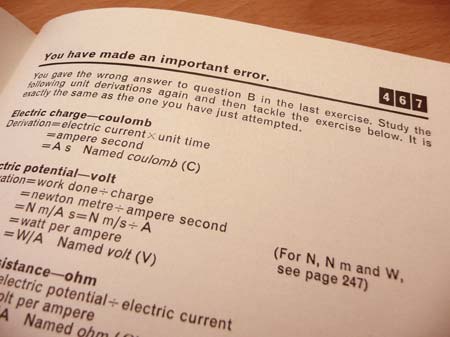
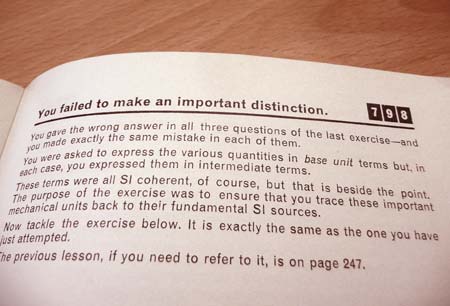
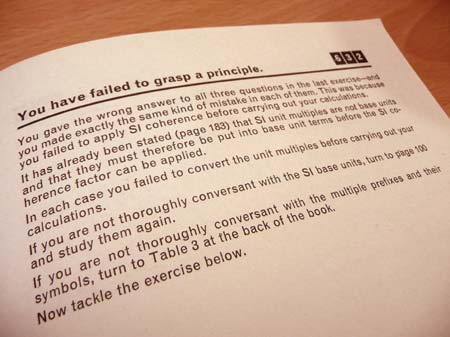
The different levels of ‘response’: Correct. Now read on; You have made a common error; You have made an important error; You failed to make an important distinction; and the (perhaps dreaded) You have failed to grasp a principle.
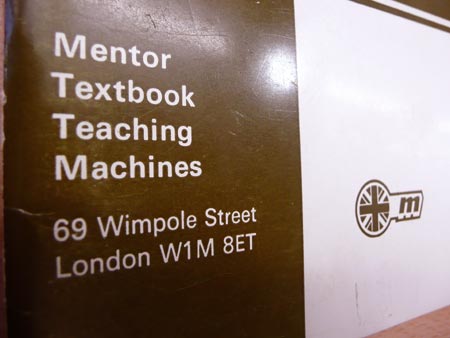
Pingback: textbooks » Mentor Teaching Machines: The ‘Choose Your Own Adventure’ Textbooks
Pingback: Teaching on The Finance World For News and Information Around The World On Finance » Mentor Teaching Machines: The ‘Choose Your Own Adventure’…